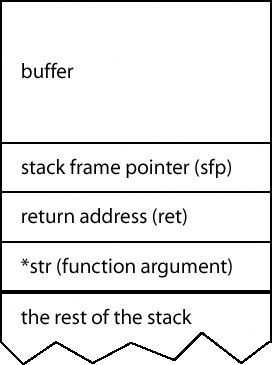Hello again, this will be my last blog post in the ECIP course. The trade fair was stressful at first, but it turned out to be quite fun in the end. They also offered free food and coffee at the event. I’m going to explain how our pitches went, what kind of feedback we got from it and what I learned.
First off, our prototype. Our software engineer Oskari made a nice prototype, which roughly explained the different aspects of our app. It included the core features of our app like the leaderboard system, user statistics and the timer. Sadly, we received only one comment about our prototype. The comment suggested to connect our app to Moodle. It was fascinating because that would allow to greatly help the cause of the program. For instance, it could calculate the total time studied in different courses.
Our product is called !ZeroTime. It’s a gamified time management app, where you can collect points and compete with other students. Our pitches went well, but I was nervous at first. During the research of our feedback, we received a lot of feedback and the fair seemed to have gone successfully.
Only problem which we had with our app that it didn’t have as much functionality as expected, so we might need to tweak our presentation a bit. No one commented on our poster, so I think it worked in the intended way: The poster should be a supporting element.
All in all, I think we must connect our program with other educational software to make it better. After a little bit of tweaking and understanding how users would use the app, it could become a great app for students.
Take care!

